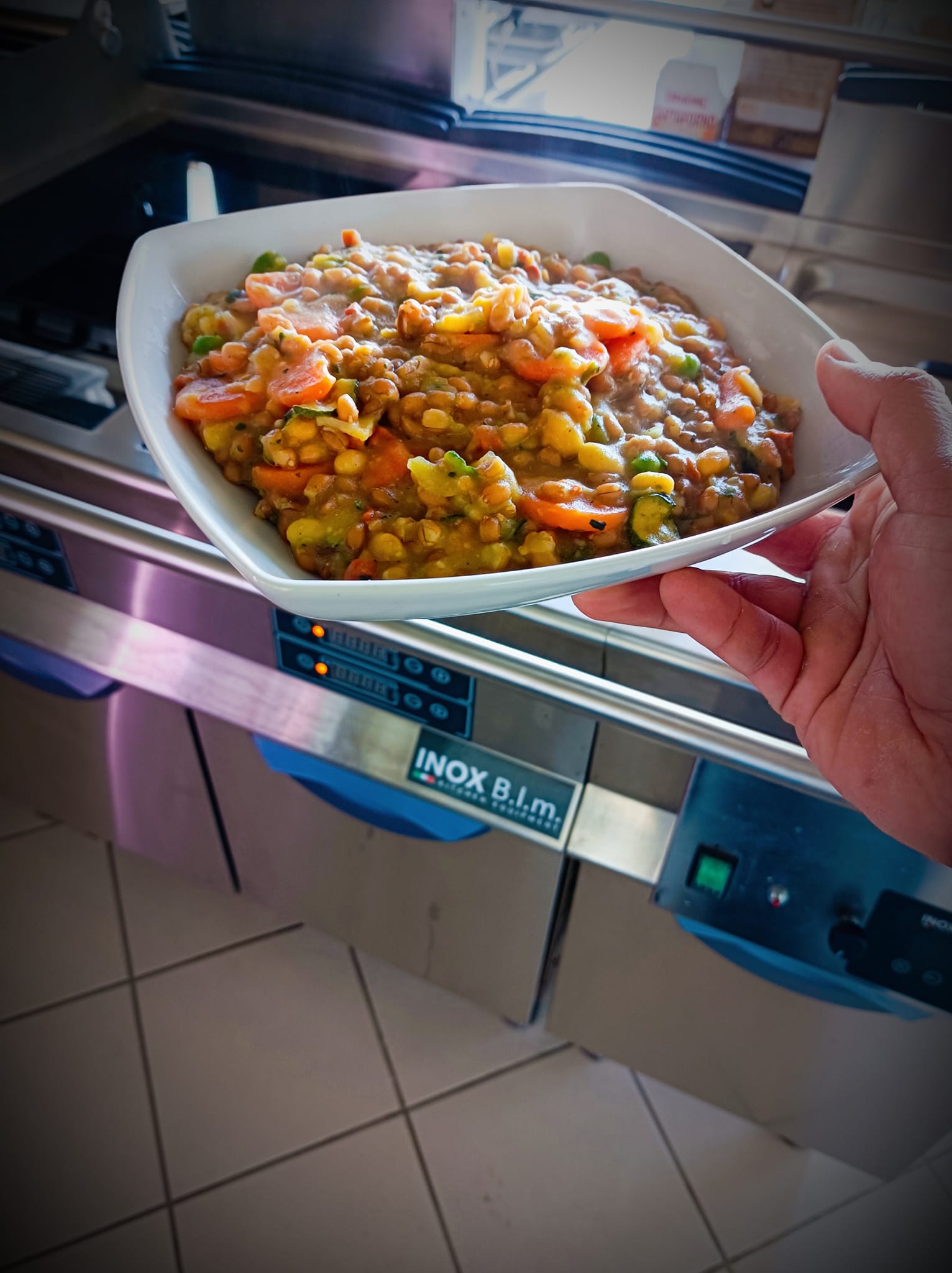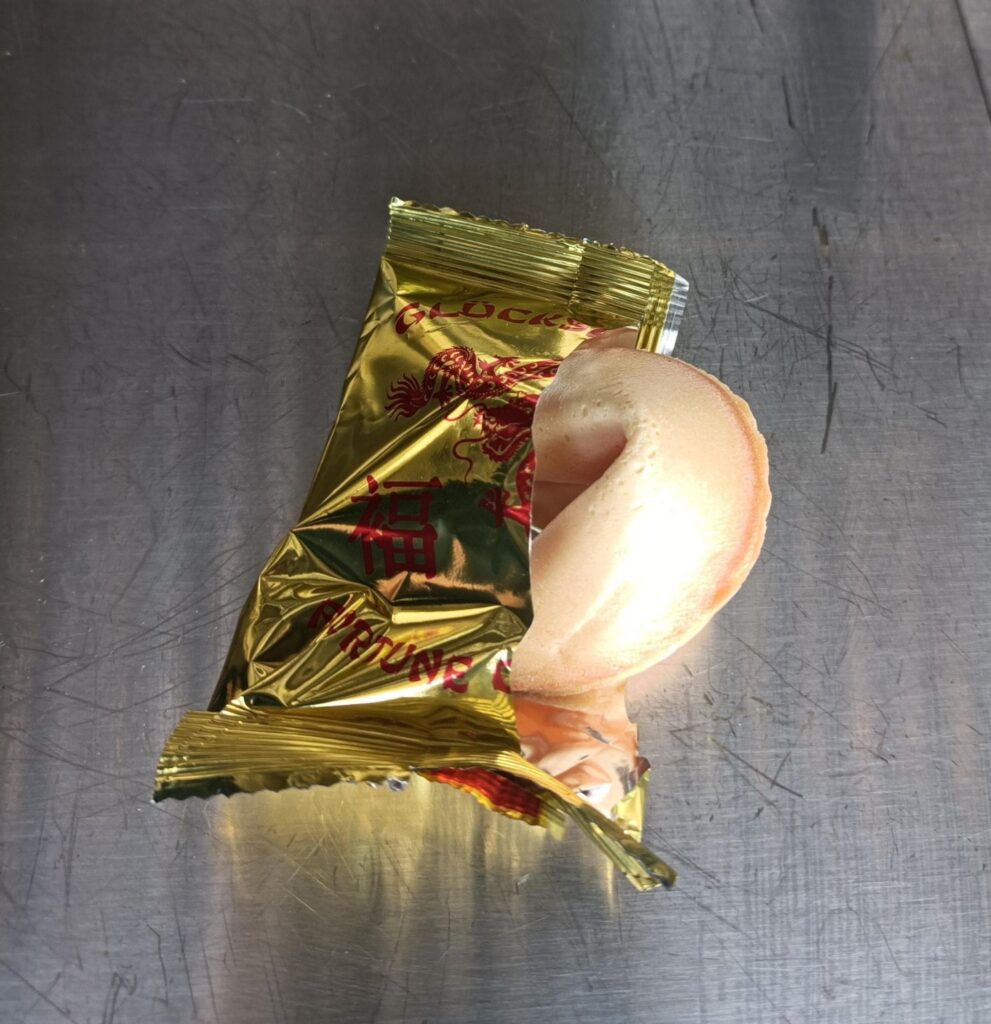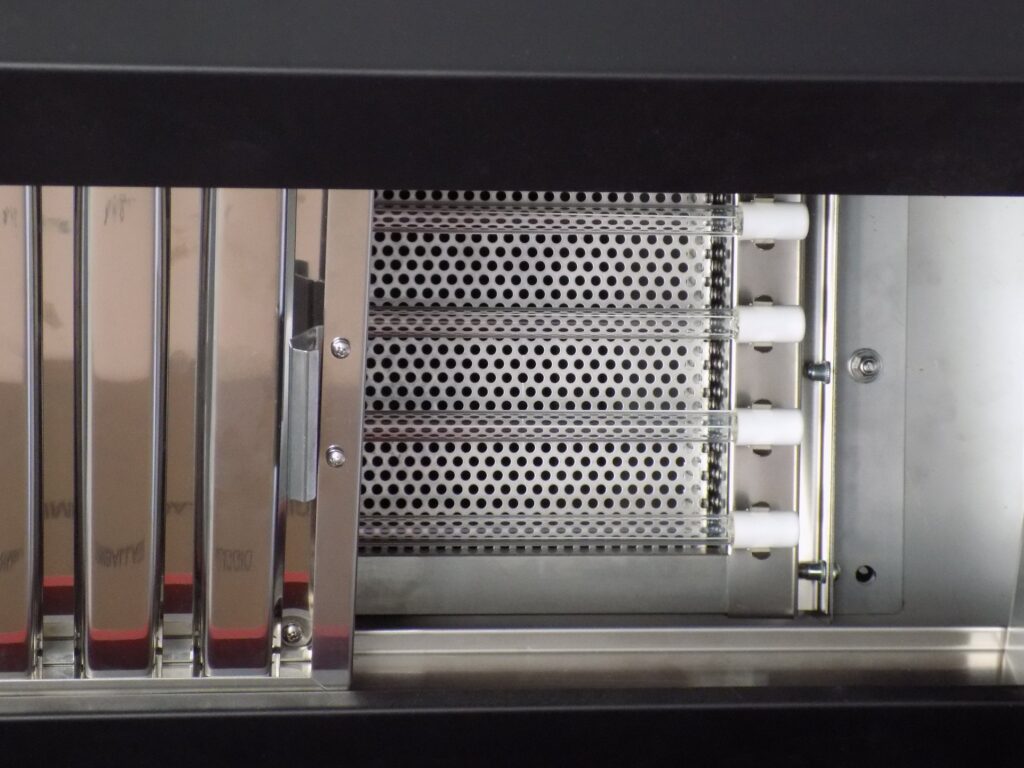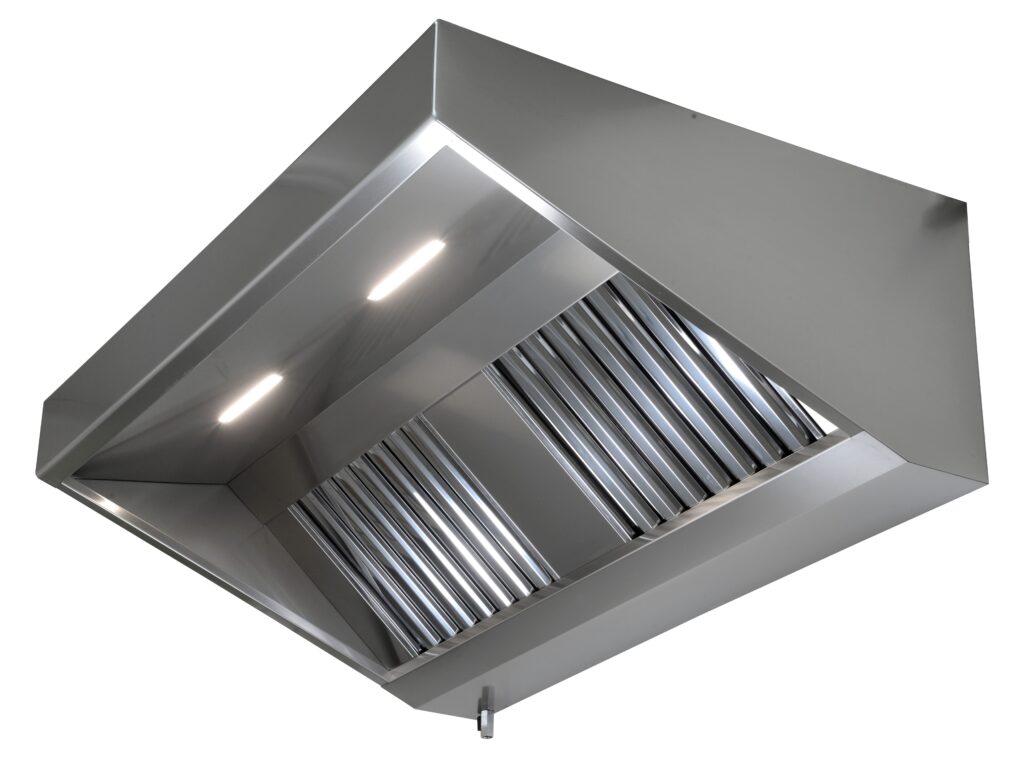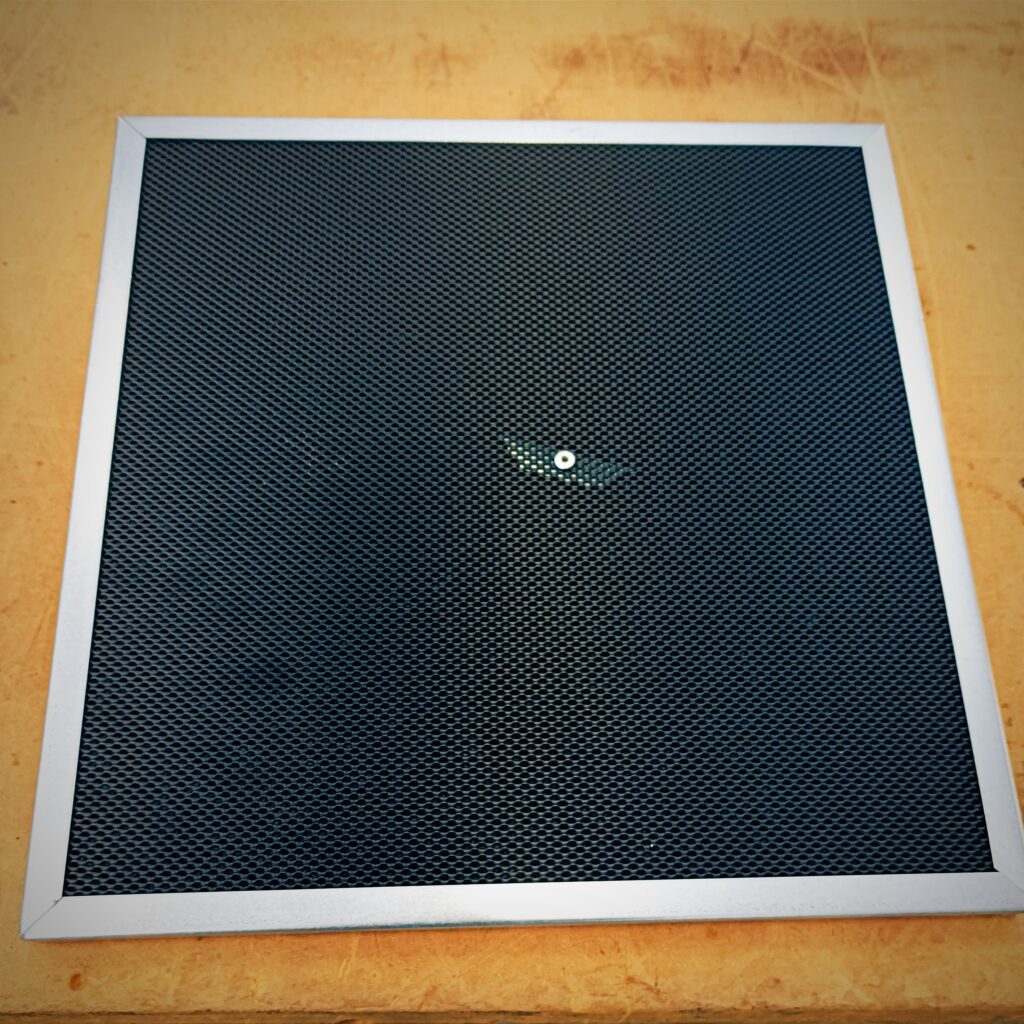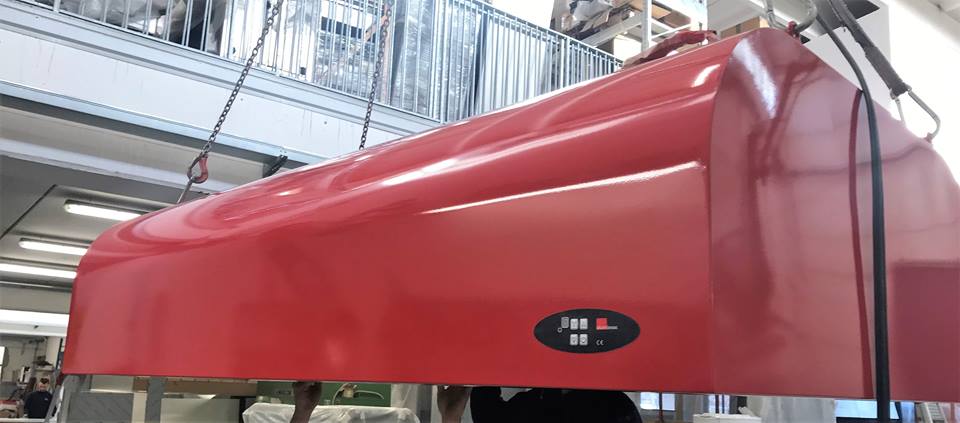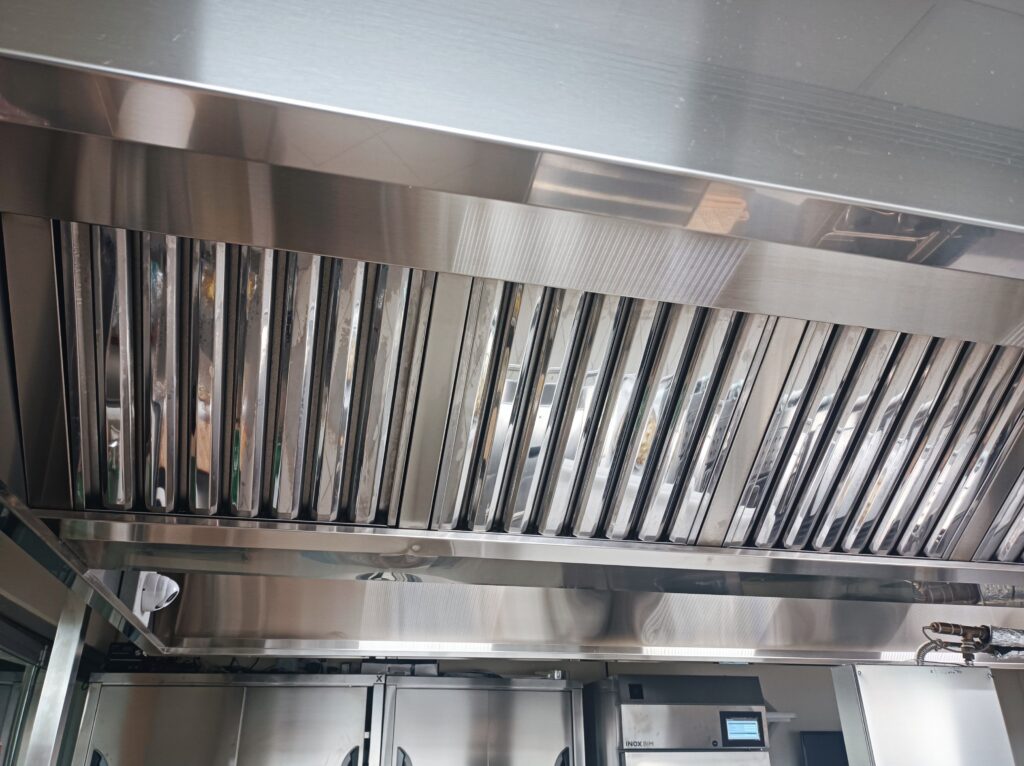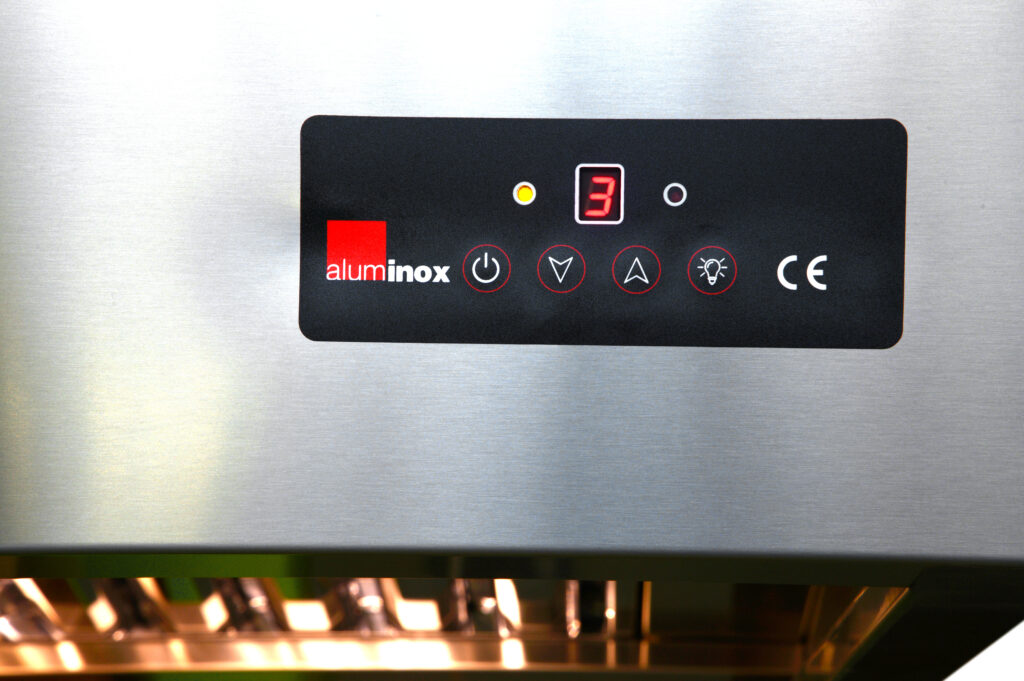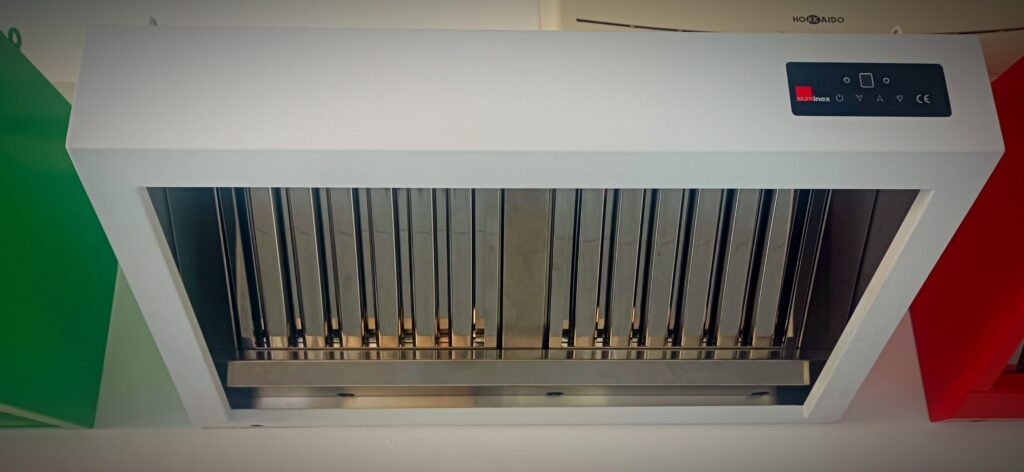The nomenclature of vegan dishes often recalls their meat-based “ancestors”: vegan lasagna, vegan cheese, vegan egg salad etc…
And this has never failed to raise controversy, from both vegan community and “omnivorous”.
I will analyze two advantages and two disadvantages concerning this custom, which seems to be universally common.
You can find vegan meatballs or vegan sausages virtually in every supermarket worlwide….
So, let’s break down the pros:
1) seeing an easily recognizable name of a dish, one can expect what to find from the point of view both visually, in terms of consistency, and perhaps in terms of flavor (even if not exactly the same as 100%). If I read “vegan lasagna” on the menu, I know how they are served, what kind of texture they have, the presence of béchamel and egg-free lasagna sheets, and so on.
2) to present the alternative to the consumer.
If I see “rice milk”, I understand that it is an alternative drink to milk, not only for taste but also for nutritional values (although both will never be identical, of course!).
And the “cons”:
1) well, first of all the confusion that is generated in the consumer. A few years ago there was a controversy in Canada about “cashew cheese”. Can this be labeled “cheese” on the packaging or is it misleading to consumers? In my opinion, the international Vegan OK symbol alone should in itself be a good indication of the lack of milk, but I can understand that the more clarity there is in the labels, the better it is for everyone.
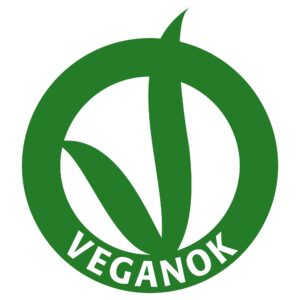
2) as a famous vegan blogger, Jacqueline Bodnar, wrote: naming vegan foods after meat-based foods will only diminish the dignity of plant-based food, making it a bland copy of meat-based foods, as if the latter was “real food” and the vegan alternative a mere surrogate.
Anyway, you can use Inox Bim equipment for cooking and storing vegetables and meat.
Regardless of what you wanna call’em!

 Italiano
Italiano
